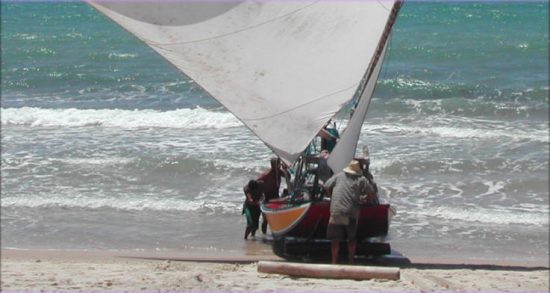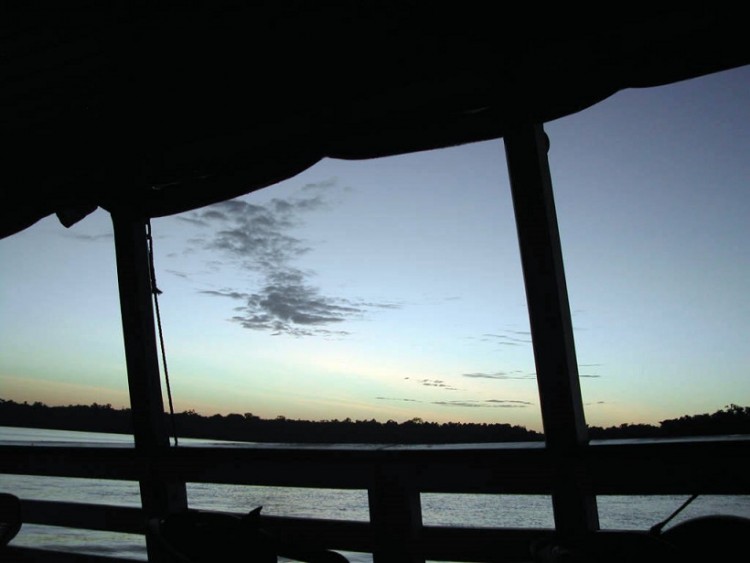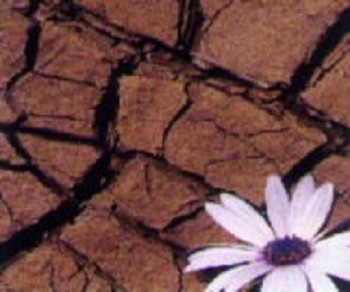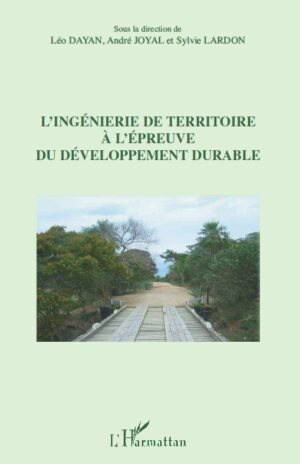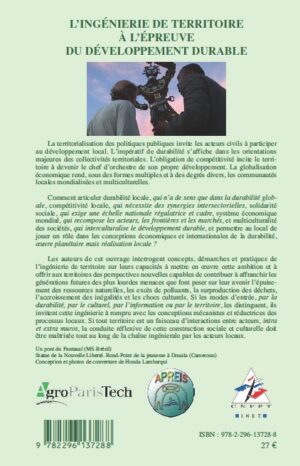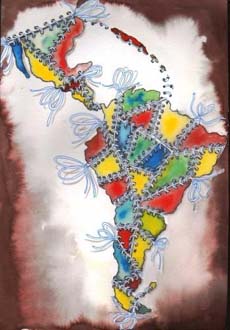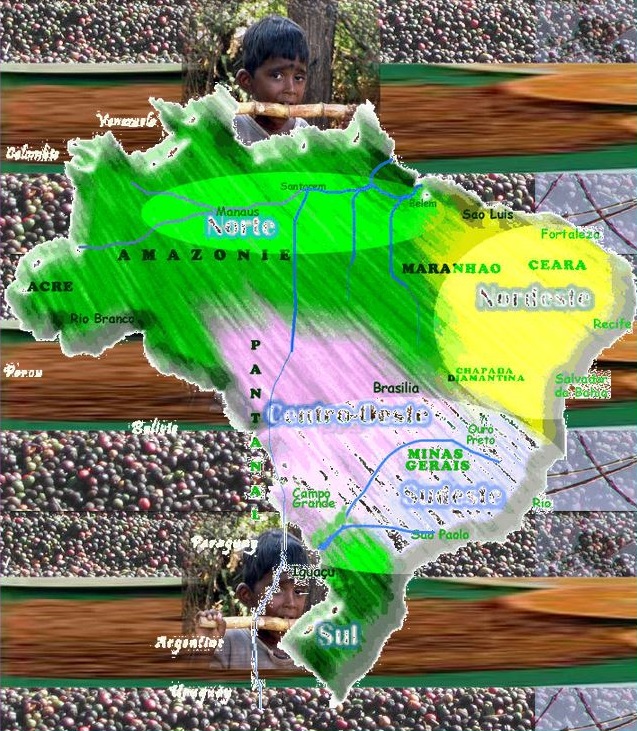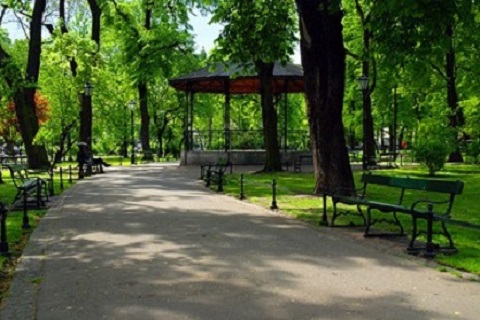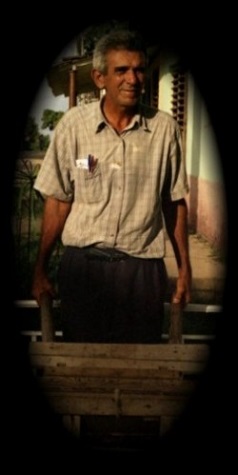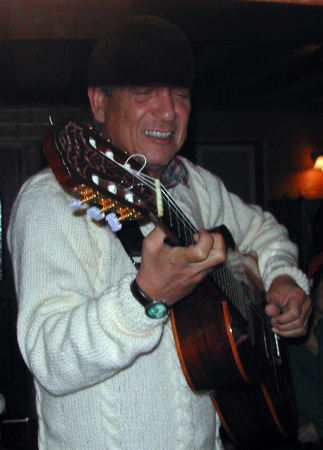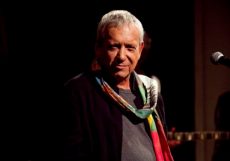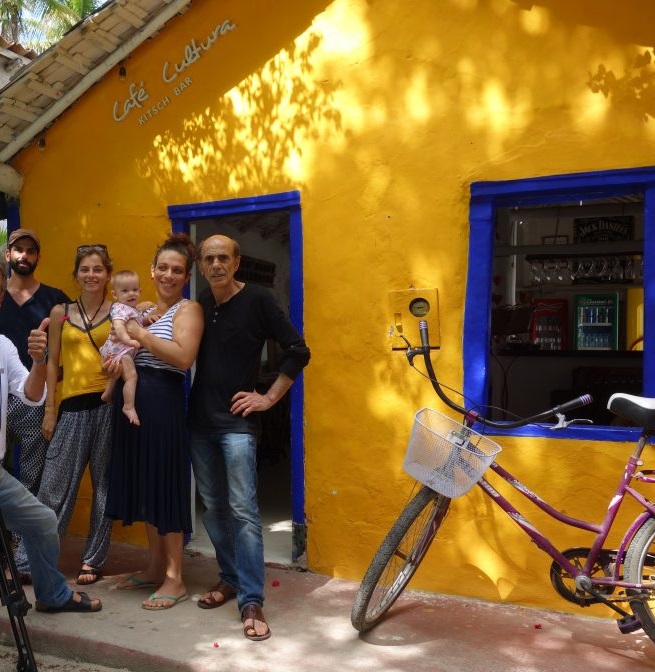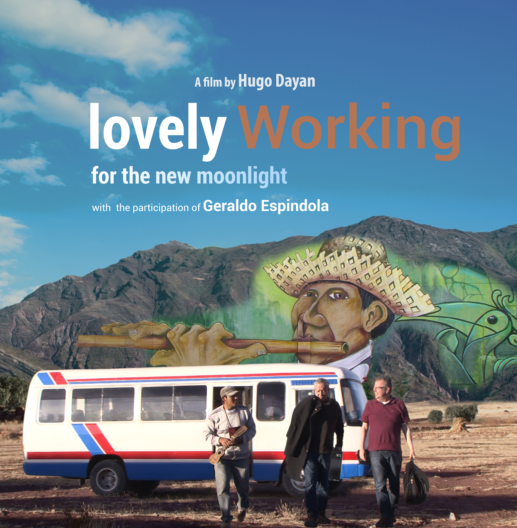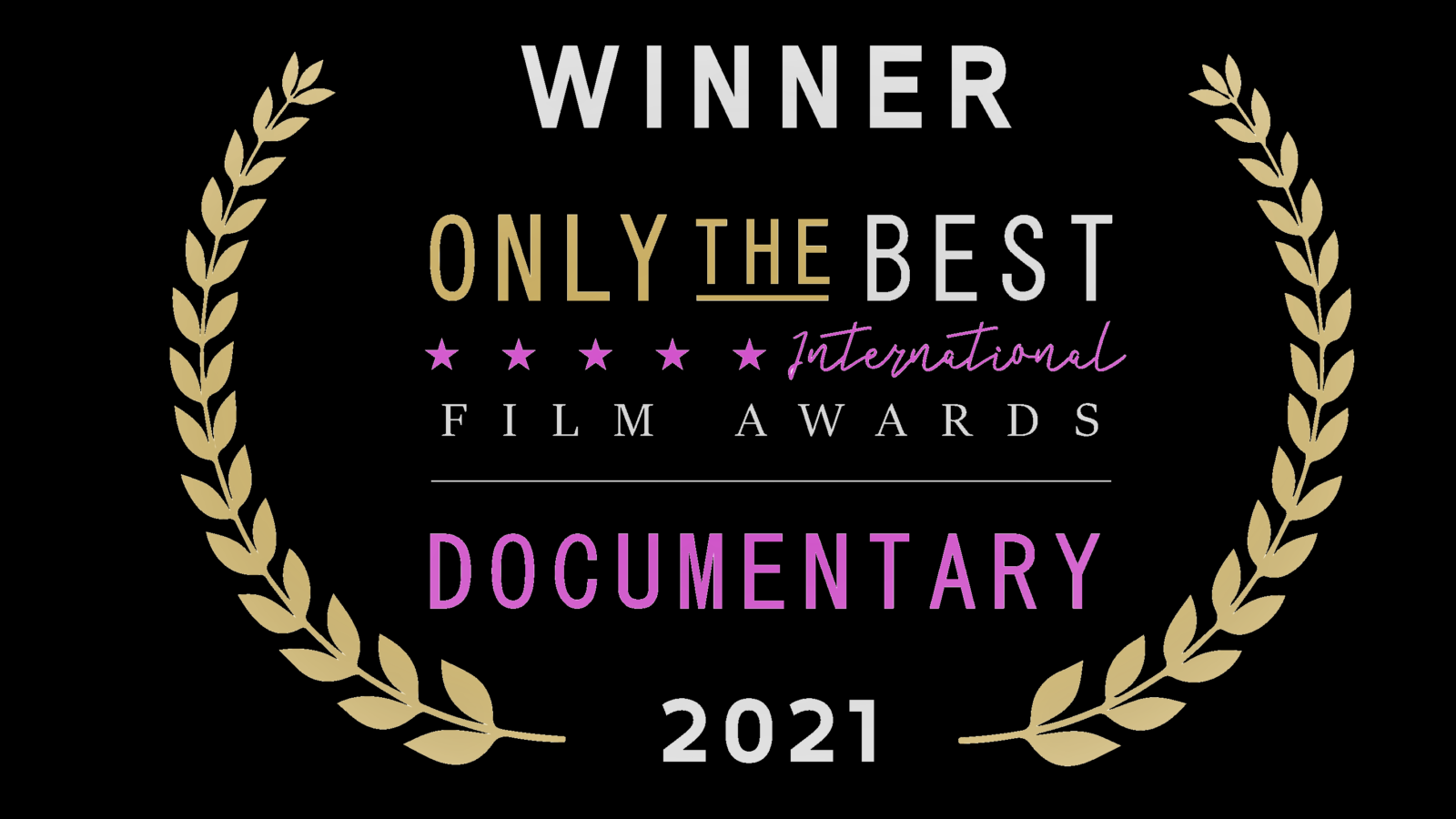Front Page
So, still digging?
THE FILM
ON THE IMAGINARY OF RESEARCHERS
&
THE DOCUMENTARY
FOR RESEARCH, CLIMATE, WOMEN AND YOUTH
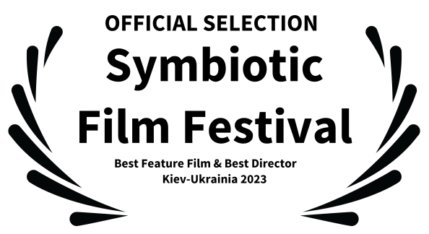
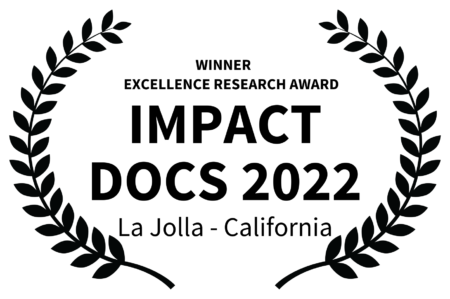
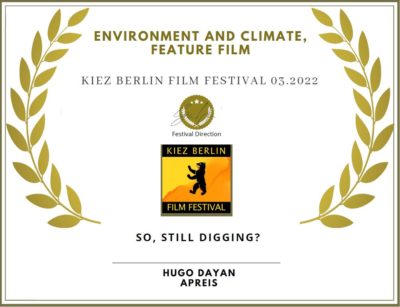
Directed by Hugo Dayan
Produced by APREIS
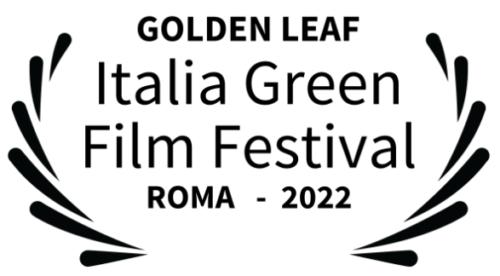
 Le chercheur, auteur et réalisateur, Hugo Dayan , en travail sur un attol menacé en Polynesie Française
Le chercheur, auteur et réalisateur, Hugo Dayan , en travail sur un attol menacé en Polynesie Française
Announced on April 2022  Le réalisateur, Hugo Dayan, le directeur musical du film, Julien Dayan et la présidente du jury, Annie Baronnet
Le réalisateur, Hugo Dayan, le directeur musical du film, Julien Dayan et la présidente du jury, Annie Baronnet
Announced on October 2021 |
Announced on December 2021 |
Announced on December 2021 |
Announced on December 2021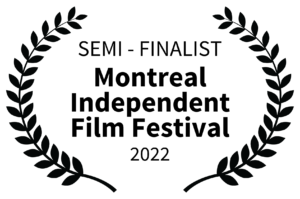 |
Announced on December 2021 |
Announced on January 2022 |
Announced on January 2022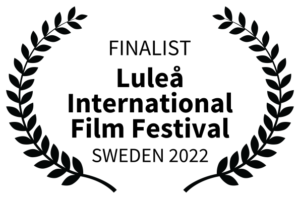 |
Announced on March 2022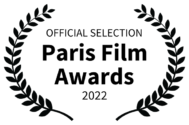 |
Announced on March 2022
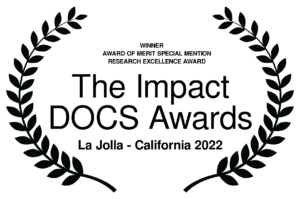 |
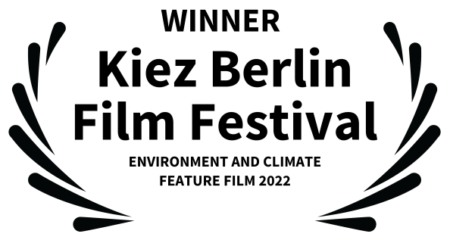 |
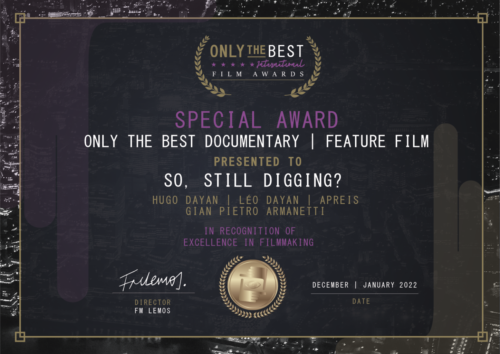

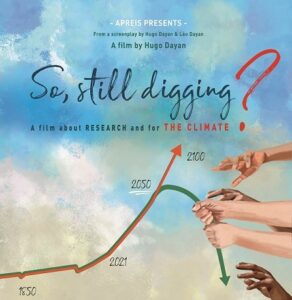
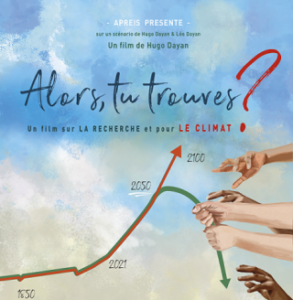

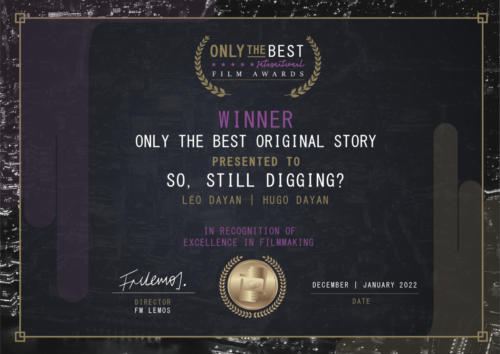
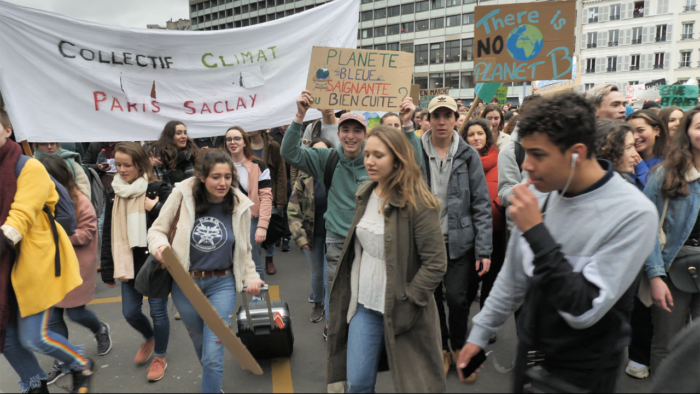
Announced on May 2022
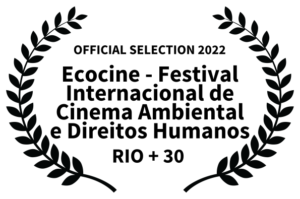
Announced on May 2022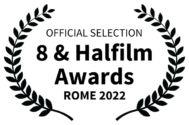 |
Announced on June 2022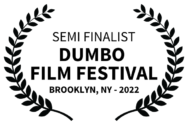 |
Announced on June 2022
 |
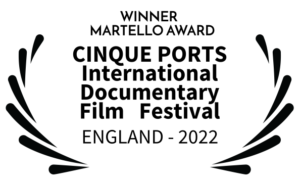 |
Announced on July 2022

Announced on September 2022
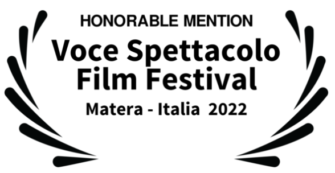 |
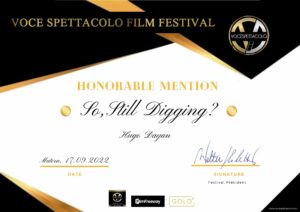 |
Announced on October 2022
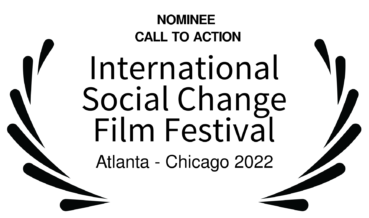
 |
 |
Announced on November 2022
 |
 |
Announced on December 2022

Announced on January 2023
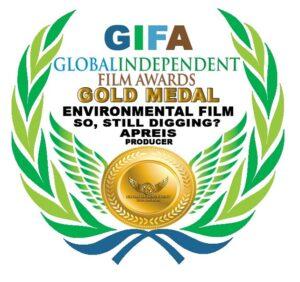 |
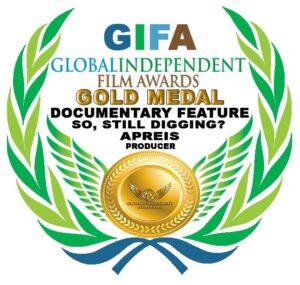 |
 |
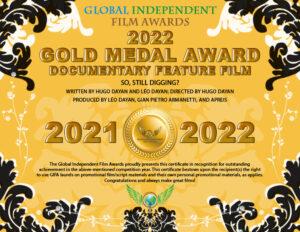 |
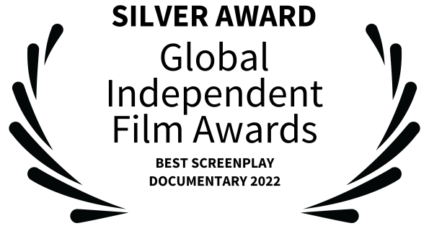 |
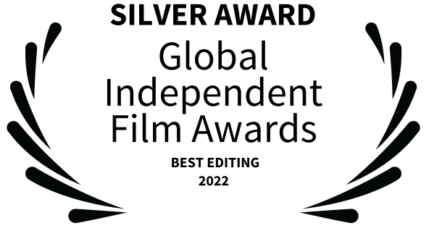 |
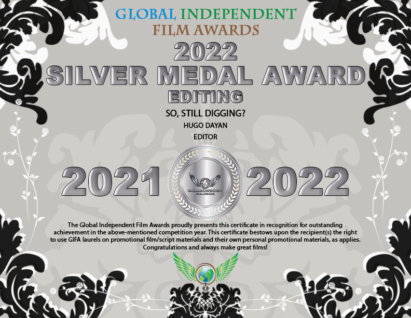 |
 |
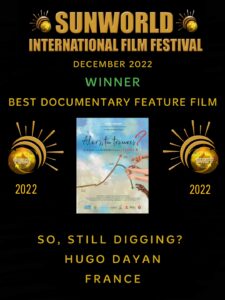 |
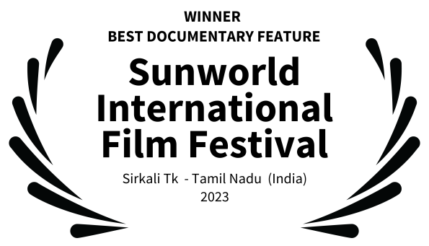 |
Announced on February 2023



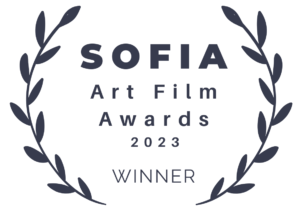
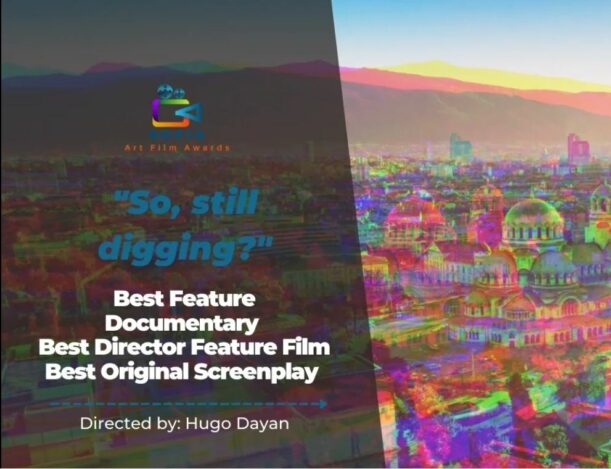
Announced on April 2023
![]()
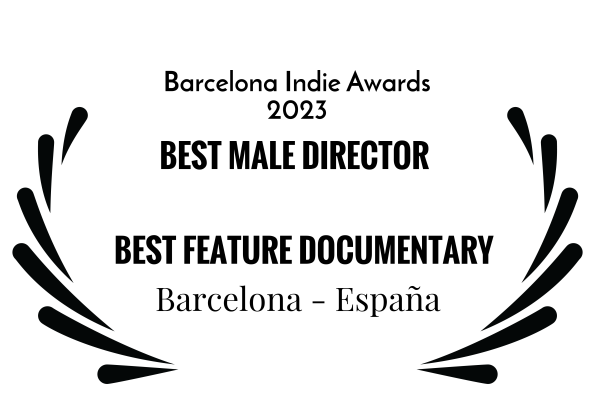
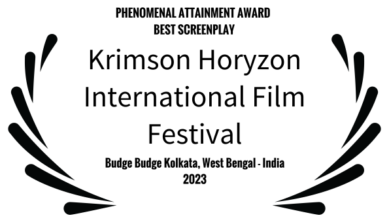 |
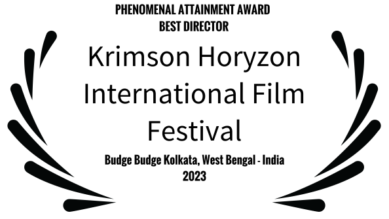 |
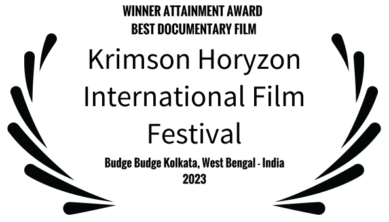

Announced on April 2023
 |
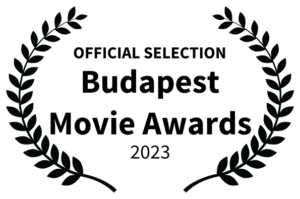 |
 |
 |
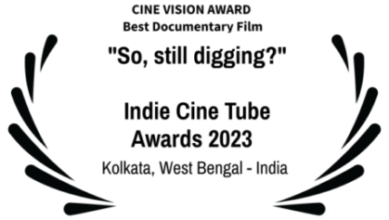 |
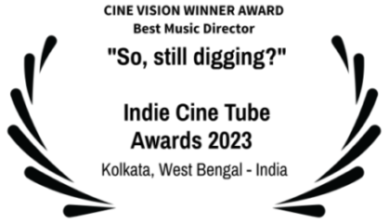 |
Announced on June 2023

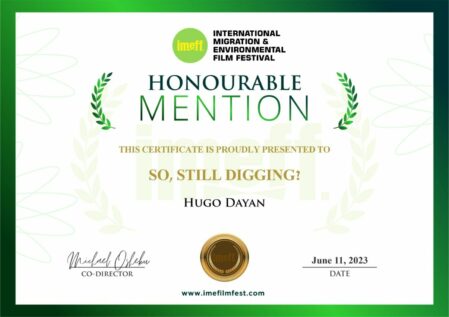
Announced on October 2023
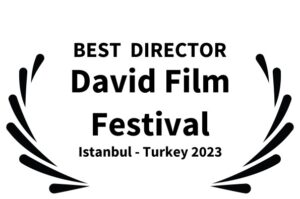
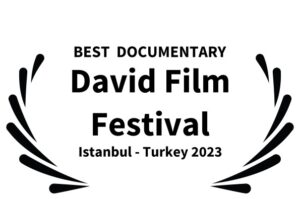
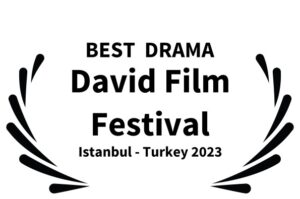
Announced on November 2023

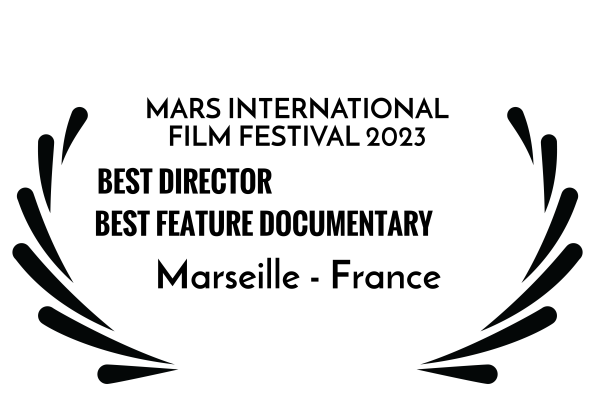

SYNOPSIS
Camille, a young French climatologist, has a string of research contracts at the French National Center for Scientific Research. But understanding how the climate itself works and only drawing curves announcing future catastrophes on a screen are no longer enough for her. She decides to get closer to the lands and the peoples, all as far away as close to her research laboratory.
The journey she undertakes in China, Polynesia, Mali, and Ile de France where her laboratory is located, will allow her to discover that solutions to the climate crisis already exist. She will then be led to make a personal decision, unexpected but logical. READ MORE
The concept of sustainability opens a new sphere of operation and study: the link, the linked and the linking . Then it introduces a new subject of science and simultaneously induces the notion of borderlines in development which are required and organized for maintaining the link. It invites us to reconsider the various branches of knowledge, the dominating idea of work specialization, the partition of knowledge and the prevalence of vertical organizations. It suggests us to keep away from methodological individualism, economical insularity, and specialized demands which are needed for rebuilding, through a interdisciplinary approach, the concept of development, and binding together science, politics and ethic.
It calls for a questioning of disciplinary sharing, the dominant idea of work specialisation, the compartmentalization of knowledge and the prevalence of organisational verticalities, and it calls for a local-to-local eco-linking economy. Read more
The Climate, a new … human science?
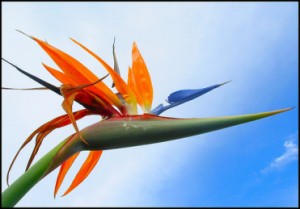
El Clima, una nueva ciencia humana?
O Clima, uma nova ciência humana?
EL NIÑO : Tensions between “natural” and “anthropogenic” forces
Localisé dans le Pacifique tropical, résultat de processus interactifs locaux naturels entre l’océan et l’atmosphère et influençant, via des ponts atmosphériques, les régions extérieures au Pacifique tropical, El Niño est un phénomène climatique global et local, dont l’impact planétaire fait de sa genèse et de sa prévision un enjeu épistémique, éthique et pratique. Indissociable de la composante anthropique qui altère les interactions naturelles entre les différentes composantes climatiques, le sort de la science du climat pourrait être tributaire de sa capacité à intégrer conceptuellement dans son objet l’incertitude et la complexité que la composante humaine ajoute au système naturel. Cette science pourrait donc dépendre de sa capacité à porter attention à ses articulations interdisciplinaires, à stimuler la culture scientifique transversale et à permettre au citoyen d’ y participer (Hugo Dayan). Read More
EL NIÑO : Tensions beetwen “Natural” Strengths and “Anthropologenic” Strengths
EL NIÑO : Tensiones entre fuerzas “naturales” y fuerzas “antropológicas
EL NIÑO : Tensões entre forcas “naturais” e forças “antrópicas”
Finance and climate science: Worlds apart ?
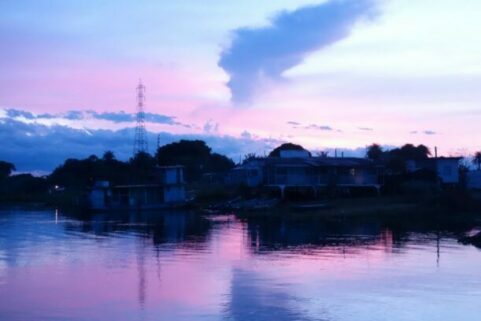
There is growing interest in the impact of climate change on the financial system. For financial institutions, the development of knowledge specific to climate risks requires collaboration with the academic sphere, and in particular with climate scientists. However, five years after the Paris agreement, such collaborations are scarce. Through a compared analysis of the perception and management of climate risks by financial risk managers and climate scientists, we seek to understand how different risk perceptions can be an obstacle to collaboration between these two social groups. To this end, we adopt an interdisciplinary approach based on the results of semi-structured interviews. We identify two types of differences that constitute obstacles: differences in valuation, linked to the perception of the climate threat and the vulnerability of the financial system, and differences in the construction of a relationship of risk, related to the modelling, organisation and communication of risk and uncertainty. (V. Bouchet, H. Dayan, C. Contoux). Read more
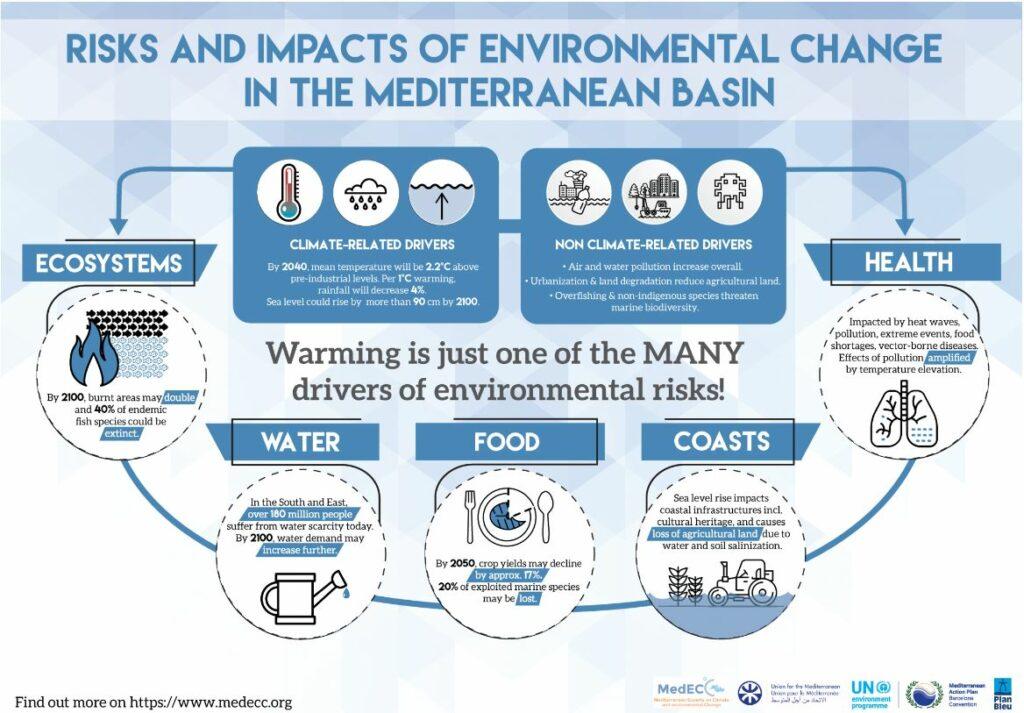 |
Marine heat waves in the Mediterranean SeaAn assessment from the surface to the subsurface to meet national needsIn the Mediterranean Sea, marine ecosystems and the resource-based economy are shared among many countries, making this a regional sea of important geopolitical and economic stakes. Over the last decades, marine heat waves (MHWs) in the Mediterranean Sea have caused mass-mortality events in various marine species and critical losses for seafood industries. MHWs are expected to become more intense, longer and more frequent through anthropogenic warming. This study proposes to better understand how much each Mediterranean country’s Exclusive Economic Zone (EEZ) waters may be affected by MHW changes, to contribute to decision support for management and adaptation at national scale. The variability of surface and subsurface MHWs is assessed over the 1987-2019 period in the Mediterranean EEZs, which are ocean areas where sovereign states have special rights. Combining high-resolution satellite observations and a regional reanalysis, sea surface temperature and ocean heat content are used to define surface and subsurface MHWs. The MHW characteristics selected in this study highlight the important differences between surface and subsurface extreme events. MHW frequency is higher at the surface than in the subsurface and has significantly increased in most EEZs both at the surface and in the subsurface, while MHW duration is longer in the subsurface than at the surface in all EEZs. (Hugo Dayan, Ronan McAdam, Mélanie Juza, Simona Masina, Sabrina Speich).Read more |
|
Maritime Economy & Environment |
|
Documentary Duration : 52 mn Director : Coralie Chardonnet Scientific Advisor : Léo Dayan Editing : Gaël Cathou Original Music : Julien Dayan Producer: Wapiti Production |
ZERO WASTE….
An inconcevable Target ? |
Ecolinks Economics : Sustainability 5.0
By increasing natural resources productivity and by reducing the dispersal of polluting substances, the eco links economy reuses, by “wall to wall”, any waste of a resource for another purpose.</em> This way allows disconnecting the wealth creation and the increment in the level of financial flows from increased flows and stocks of borrowing materials, energy and collected waste. Replacing the welfare cost by an eco-taxation based on polluting capital, the state can incite companies to invest in the eco-links. The joint and combined determination of the social security contributions paid by the employer and of the eco-taxation rate on polluting capital can maintain the global price stability, guarantee the budget balance of the fiscal transfer and keep the state of the competitiveness price as it was before. The deformation of the production function, caused by a direct tax system favourable to non-polluting capital and to labour, increases the consumers’ purchasing power in sustainable goods and the volume of employment. At the same time, it enables the preventive environment and health protection and insures the balance of the welfare accounts.
Globalization and Multiculturalism
&
Sustaintability and Interculturality
Beyond Walls and Accommodations of Multiculturalism
By establishing the existence of a global public good, the sustainability opens up and makes plural the human identities, brings down the partition walls of multiculturalism and offers a meaning and a direction to the interculturality around a common sustainable civilizational project.
But the globalization of developments, that requires the adaptation of human needs to the natural capacities, is challenging the economic globalization rationalities imposed by the State/Market couple. It demands the emergence of civil actor, local and world, to value the cultural biodiversity and to allow the intercultural implementation of sustainability cooperative links by the local and for global sustainability. Read More
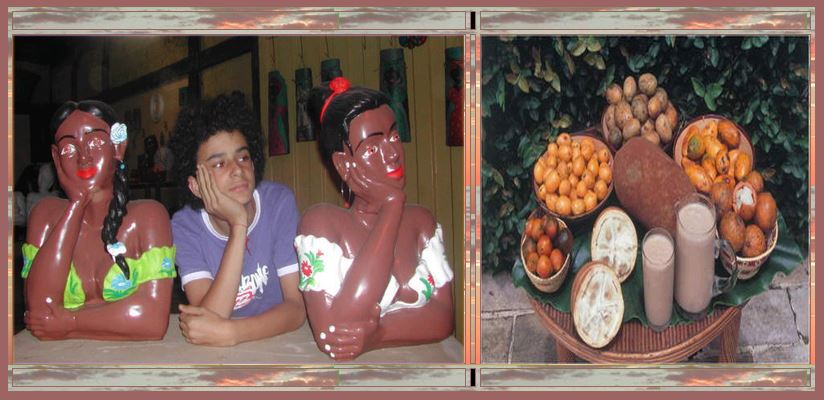
Territory Engineering put to the test of the Sustainability
Chapter 1 : Sustainable local development put to the test by the State, the market and the world Read the full text in French
Chapter 11 : For a decentralized regulation of the global economy Sustainability Read the full text in French
